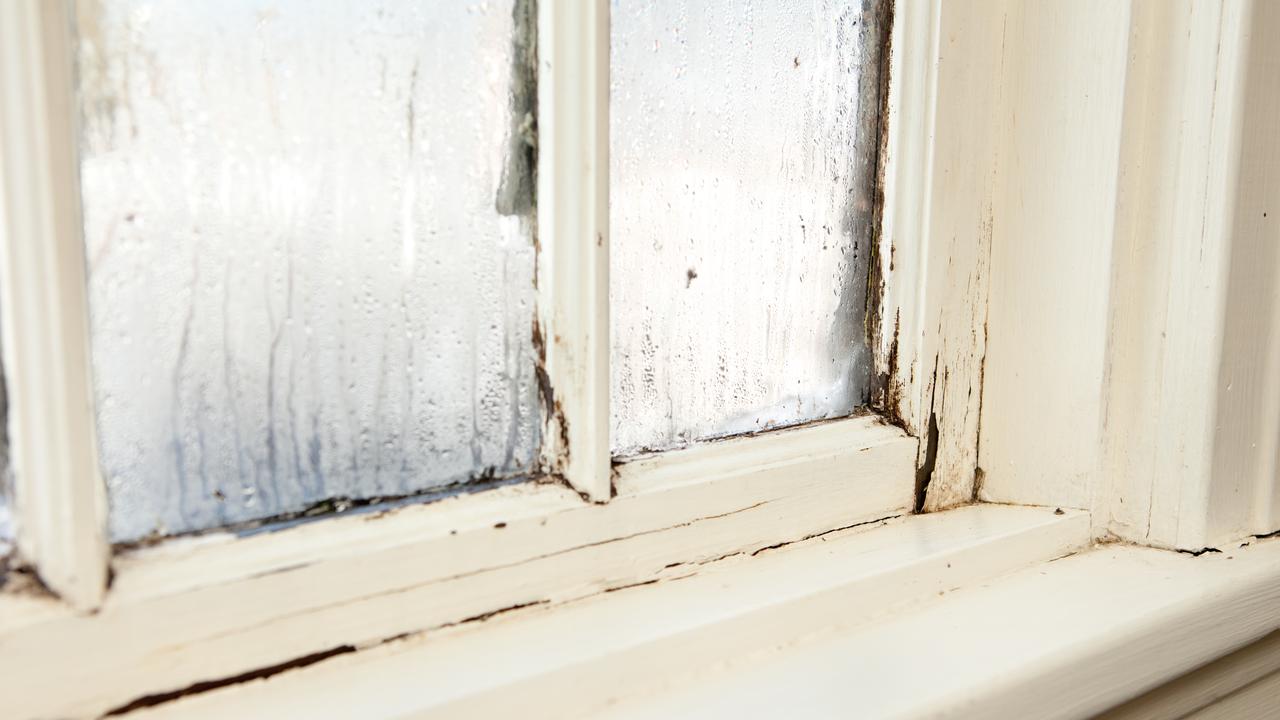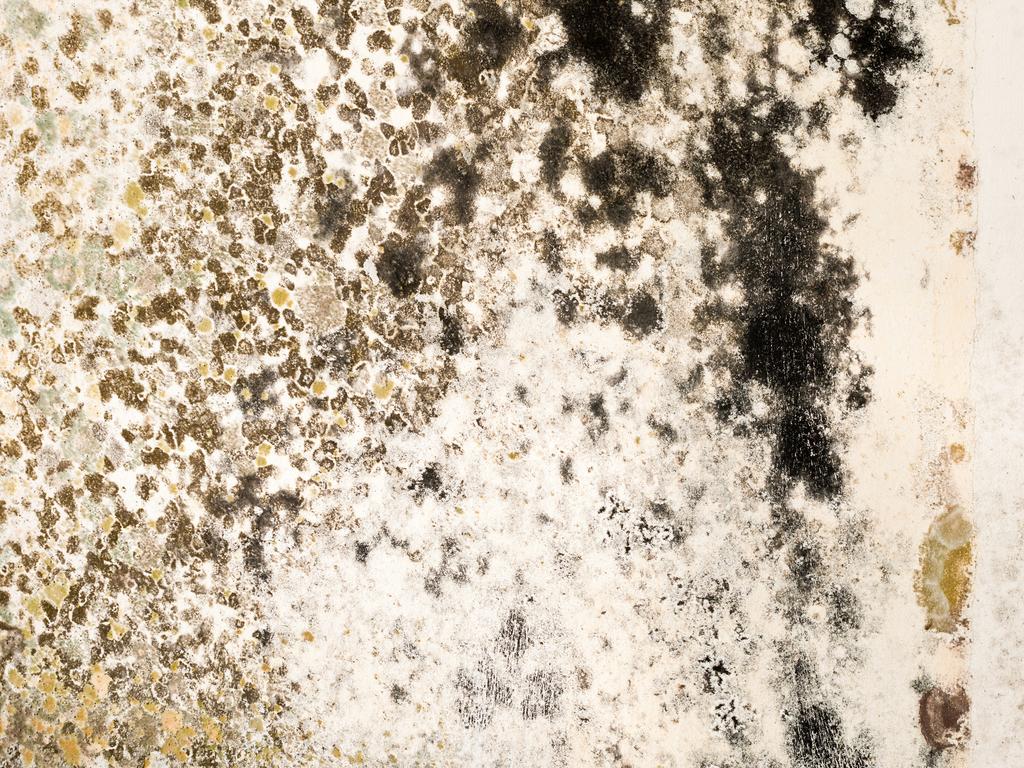How to deal with mould after incessant rain and floods
It’s a frustrating problem infiltrating homes across eastern Australia — so just how worried should you be if your home has mould?
If there was one word to describe most of Australia’s eastern coast right now it would be damp.
As parts of Queensland and NSW face dangerous flooding, millions more are being inundated with rain and strong winds.
The heavy rainfall has seen mould spring up in homes seemingly overnight — but just how worried should you be?
Microbiologist and mould fungi expert Dr Michael Taylor, from Flinders University, said there was “several factors at play” which had driven mould growth in homes.
“The increased rain has pushed up the relative humidity which means we’re seeing a lot more condensation, and moisture trapped in rooms and houses that can’t be ventilated or don’t have adequate ventilation,” he said.
“Flooding has also impacted a lot of structures, which has led to trapped moisture in both absorbent items, as well as inside walls and other building structures, which is hard to remove and if it’s not dried within a few days can begin to support mould growth.”
Closed-off parts of the home like wardrobes and bathrooms are the most susceptible to growing mould, public health and occupational health scientist Brad Prezant, who has more than 20 years experience on the impacts of indoor dampness, said.
“That’s because there’s no ventilation in those areas,” he explained.
“If you don’t allow the air to circulate around stuff then you have much higher likelihood that it’s going to be sucked into the material.”

How to stop mould
While it’s impossible to stop the rain and flooding that causes mould, steps can be taken inside the home to mitigate its effects.
This includes making sure your home is as well-ventilated as possible, as well as being aware of the impact other moisture-creating activities could have.
Cooking without a range hood, using a clothes dryer or even hanging wet clothes inside to dry will increase mould growth, Mr Prezant warned.
“There’s all these things we do indoors that creates more humidity, so to the extent that you can manage these things you could have a big impact on the total humidity in the house,” he said.
Dehumidifers can also help lessen mould by reducing the amount of condensation and moisture in the air.
Some air conditioning units come with a dehumidifer setting, so it’s worth checking if your system has that option before going out and buying a dehumidifer.

Health risks of mould exposure
Dr Taylor said that while mould exposure should be avoided, it was also important to remember humans inhaled 100s to 1000s different mould spores everyday.
He would “always recommend” avoiding living or sleeping in a house with mould, however, personal risk factors would also determine just how dangerous exposure was for you.
“It really depends on how much mould is there, and it’s worth mentioning that we’re exposed to mould spores all the time, and thankfully most people don’t tend to react strongly to it,” Dr Taylor said.
“There are several groups of people who are at higher risk, particularly those who are immune compromised who can develop serious illness and should do as much as possible to avoid living or sleeping in mouldy bedrooms.
“There is a subset of people who are sensitive to mould spores, particularly those with asthma who may show symptoms such as itchy eyes or skin, shortness of breath or allergy type symptoms.”

Is mould in the home dangerous?
If the mould present was “smaller than an A4 page then your exposure is likely low”, he added.
“But once you start reaching larger impacted walls and bigger mouldy items you should try to limit your exposure as much as possible, particularly if you know you’re within any of those risk groups,” Dr Taylor said.
As for household items that get mould growth, anything non-porous such as hard plastic should be safe for reuse as long as it is cleaned.
However items made from porous material like a “couch fully soaked with floodwater” may be beyond saving, Dr Taylor said.
He warned residents to “be mindful of when the problem is too big to deal with” and seek professional help if your home has had significant water damage.
Mr Prezant agreed, saying that a small amount of mould wasn’t too concerning but “many square metres of mould and damp building material” was.
“You should be concerned if you have significant amounts of mould and your concern should track with the quantity in surface area,” he said.






